Your sales strategy looked perfect on paper. You were confident that this plan would drive results. But as time progressed, you noticed something troubling — the numbers weren’t adding up. The results just weren’t there. It might be that you overlooked a key factor: understanding your customers. Without solid customer analysis, even the best strategies can fall short.
A successful sales strategy begins with accurate customer analysis. Truly knowing your customers allows you to target the right audience with the most compelling approach. The payoff? Higher conversion rates and a greater return on every dollar spent.
In this post, we’ll explore customer analysis, why it’s essential for your business, how to get started, tools to use, and the key insights you should seek.
What Is Customer Analysis?
What’s one of the most crucial elements in selling to and building a relationship with your current and future customers? Knowing them!
Customer analysis involves gathering and interpreting customer data. You can use both quantitative and qualitative methods. You need to use various tools and methodologies to conduct effective customer analysis. These could range from simple surveys to advanced AI-driven data models. The more thorough your customer analysis techniques, the richer the insights you’ll gain for smarter decision-making!
This can enhance your outreach efforts, refine your marketing and sales strategies, guide your product development, and provide a clear roadmap for where to invest your resources.
“Customer analysis methodology can vary significantly depending on industry and use case factors. The specific use case — whether the end goal is improving customer experience, optimizing marketing and sales strategies, or predicting future trends — also plays a crucial role in determining the approach used and the way that the data is perceived.”
– Sandeep Balakrishnan, Former Lead Data Analyst, Sales Operations, LeadSquared
Many data sources can be used to do customer analysis efficiently:
- Customer opinions and direct feedback can be gathered through surveys to yield insightful qualitative data.
- Quantitative information on consumer activity can be obtained through website analytics, including measures for engagement and browsing trends.
- Customer support interactions offer real-time feedback and identify possible problems or areas for improvement.
- Customer Relationship Management (CRM) systems compile customer interactions, past purchases, and preferences data.
Your business can determine ideal client profiles, and your team can adjust sales strategies by looking at customer demographics, purchase patterns, preferences, and more. With customer analysis, you can detect seasonal or cyclical buying patterns and determine which products or services are most popular across various market segments by analyzing historical sales data. Your sales team can use this knowledge to proactively modify their plans and anticipate customers’ needs.
Why Is Customer Analysis Important for Your Business?
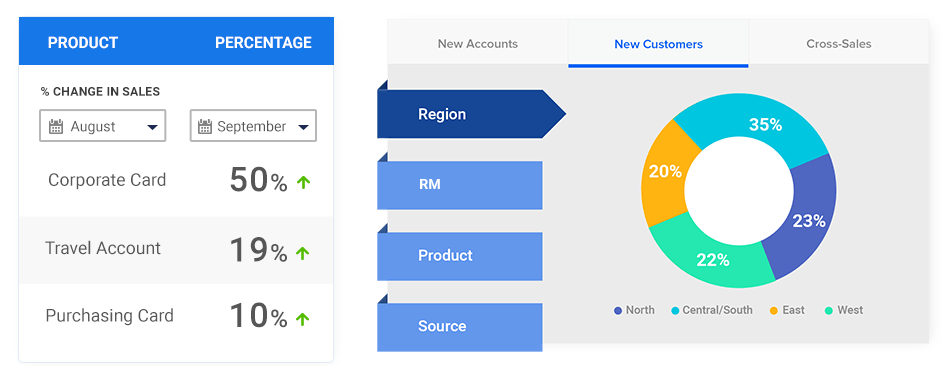
Every generation — from Gen Z to baby boomers — will abandon their purchase if they don’t trust the brand. 34% of shoppers have abandoned a sale because of a lack of brand trust. Doing your customer analysis right increases the chances of your efforts hitting home and reduces their chances of abandoning you! Here are some benefits of customer analysis:
1. More sales and more revenue
We’re giving you the top benefit upfront – insights gained from customer analysis can significantly boost your sales and revenue. How? By leveraging analytics and market research, you can identify which features or services your clients value most, understand whether their needs are being met or unmet, and determine their preferred price ranges. You can also tailor your product and outreach strategies to better meet their needs. You can highlight what your customers appreciate most in your sales and marketing materials. As a result, you’ll convert more prospects into paying customers, ultimately driving increased revenue by addressing their pain points more effectively. You can highlight what your customers appreciate most in your sales and marketing materials. As a result, you’ll convert more prospects into paying customers, ultimately driving increased revenue by addressing their pain points more effectively.
2. Better decision-making
Better decision-making comes from detailed customer analysis. By looking at customer data, you can see what customers like and what they don’t and tailor your products and marketing to that. For example, looking at purchase patterns might show a demand for a new feature, and product development can be more targeted to meet customer needs. This increases customer satisfaction and loyalty and drives growth.
Customer analysis also helps you predict market trends and adapt your strategy accordingly. For instance, if the data shows a growing interest in sustainable products, you can shift your focus to sustainability. This proactive approach not only strengthens your competitive position, but also ensures your decisions are in line with evolving customer demand. Using these insights helps you avoid costly mistakes and grab new opportunities more effectively!
3. Better customer retention
The inability of the product to meet customer needs is one of the main causes of customer attrition. By leveraging customer analysis, you can pinpoint these needs accurately, and adjust your training material, product tutorials, and messaging to better meet those needs. This proactive approach is especially valuable for reducing customer churn.
For example, you could use Artificial Intelligence (AI) to identify patterns in customer complaints from support chats and portals, then address these issues specifically during onboarding. Tools like Algolia can reveal the most common search queries on your help portal, enabling you to tailor your onboarding and support content to meet your customers’ needs better.
4. Competitive advantage
Customer analysis gives you a competitive edge by showing you the key trends and consumer preferences. For example, if the data shows that online shopping is growing, you can develop your e-commerce platform to capitalize on that trend. Being proactive allows you to attract customers before your competitors do.
Customer analysis also allows for more targeted resource allocation. For instance, if the data shows that a specific demographic is highly engaged with social media promotions, you can focus your marketing efforts on those platforms to get maximum impact. By aligning your strategy with those insights, you can move up the market and grow faster.
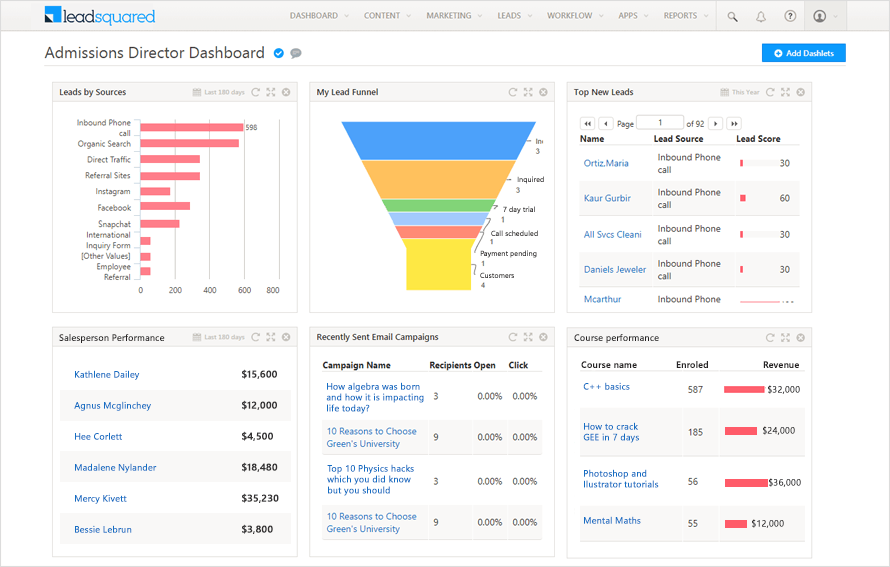
5. Improved marketing ROI
By matching marketing to the needs and wants of your target audience customer analysis increases your marketing ROI (return on investment). You can see which client segments respond to different types of marketing communication by looking at the data.
For example, you can increase your social media budget if the data shows that younger people interact with social media ads more. This targeted approach will make your marketing more effective, resulting in more engagement and ROI.
Plus, customer analysis allows for more targeted budgeting and campaign optimization. Understanding customer behavior and preferences means businesses can see which marketing channels and tactics deliver the most return. For instance, if the data shows email campaigns are converting better for a particular product, then resources can be shifted to email marketing. By continuously refining marketing based on customer analysis, businesses can maximize ROI and make sure every dollar/rupee spent is working towards more marketing success.
Customer Analysis Across Departments
Customer analysis across multiple departments is key to understanding how different segments of customers interact with a business.
- In marketing, knowing customer demographics, preferences, and behaviors allows you to create campaigns that speak to specific audiences. This targeted approach increases engagement and conversion rates by delivering the right message to the right people.
- Meanwhile, the sales team can use these insights to personalize their outreach, better understand customer needs, and refine their approach to closing deals.
By aligning marketing and sales on customer analysis, you can take a more coordinated approach to driving revenue.
- On the customer service/support side, analyzing feedback and satisfaction metrics is key to finding common problems and areas for improvement. By understanding customer pain points, the support team can enhance their offerings, customer experience, and loyalty.
- The product team also benefits from this analysis. They use customer insights to innovate and refine products that meet market demand.
When departments share and integrate their findings, you can have a comprehensive approach that not only meets but predicts customer needs and ultimately drives success.
And here’s something to keep in mind:
“Your most unhappy customers are your greatest source of learning.”
– Bill Gates
11 Customer Analysis Steps to Follow + Tools You Can Use!
There are many streps you can follow, and several tools you can use for customer analysis. Customer analysis tools help businesses understand customers’ behaviors, preferences, and needs. Here are the steps, so you can build your roadmap:
1. Define objectives
The first step in customer analysis is to define your objectives.
- Purpose: Deciding what you want to achieve from your customer analysis.
Ex: Improve customer satisfaction, increase retention or enhance marketing effectiveness.
- Tools: LeadSquared – Set and track marketing and sales objectives within the CRM and align goals with customer data.
2. Get customer data
- Purpose: Collect data on customer interactions, preferences and behaviour.
- Tools:
- Web Analytics Tools (ex: Google Analytics, Hotjar) – Track user behaviour on your website to get insights on traffic sources, user flow and engagement.
- CRM Tools (ex: LeadSquared, Salesforce, HubSpot) – Aggregate customer interaction data including sales activities and customer service queries.
- Survey Tools (ex: SurveyMonkey, Qualtrics, LeadSquared) – Collect feedback through surveys, polls and forms.
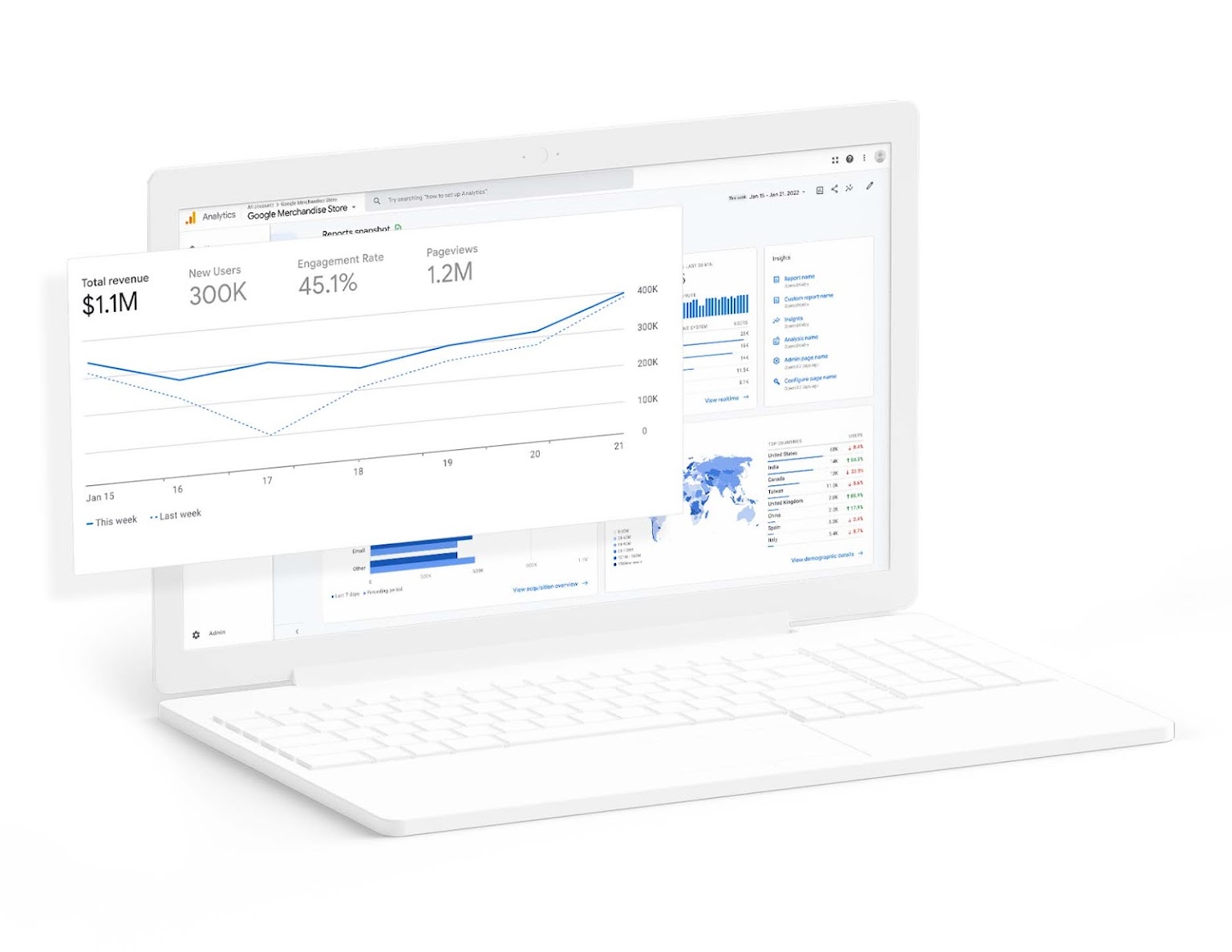
3. Analyze demographics
Demographic analysis focuses on understanding the demographic characteristics of target customers, such as age, gender, income level, education level, and occupation. This type of analysis helps businesses understand who their target customers are and what their needs and preferences might be.
For example, a business that sells outdoor gear may use demographic analysis to identify its target customers as young adults aged 25-45 who have a high income and are interested in outdoor activities. This information helps the business create effective marketing strategies and develop products that meet the needs of its target customers.
By understanding these demographic factors, businesses can better align their offerings with the specific needs and preferences of their audience.
4. Segment customers
- Purpose: Segmenting customers based on demographics, behavior or needs to target your marketing.
- Tools: Customer Segmentation Tools (ex: Segment, LeadSquared) – Analyze customer data to create segments for targeted campaigns.
5. Analyze behavior
- Purpose: Understand customer interactions, preferences and pain points.
- Tools:
- Web Analytics Tools (ex: Google Analytics, Hotjar) – Analyse website behaviour, which pages are most visited and where users drop off.
- Sentiment Analysis Tools (ex: Lexalytics, LeadSquared) – Analyze customer sentiment from reviews and social media to see how your customers feel about your brand.
6. Identify trends
Identifying trends recognizes emerging patterns and shifts in customer preferences or market conditions. LeadSquared’s reporting and analytics features help you track these trends over time by giving you insights into customer behavior, campaign performance and market dynamics.
For instance, you might notice a trend towards mobile engagement and decide to optimize your content and campaigns for mobile devices.
7. Map the customer journey
- Purpose: Visualise the steps customers take from awareness to purchase and beyond.
- Tools: Customer Journey Mapping Tools (ex: Lucidchart, Smaply, LeadSquared) – Create a visual representation of the customer journey, identify key touchpoints and potential pain points.
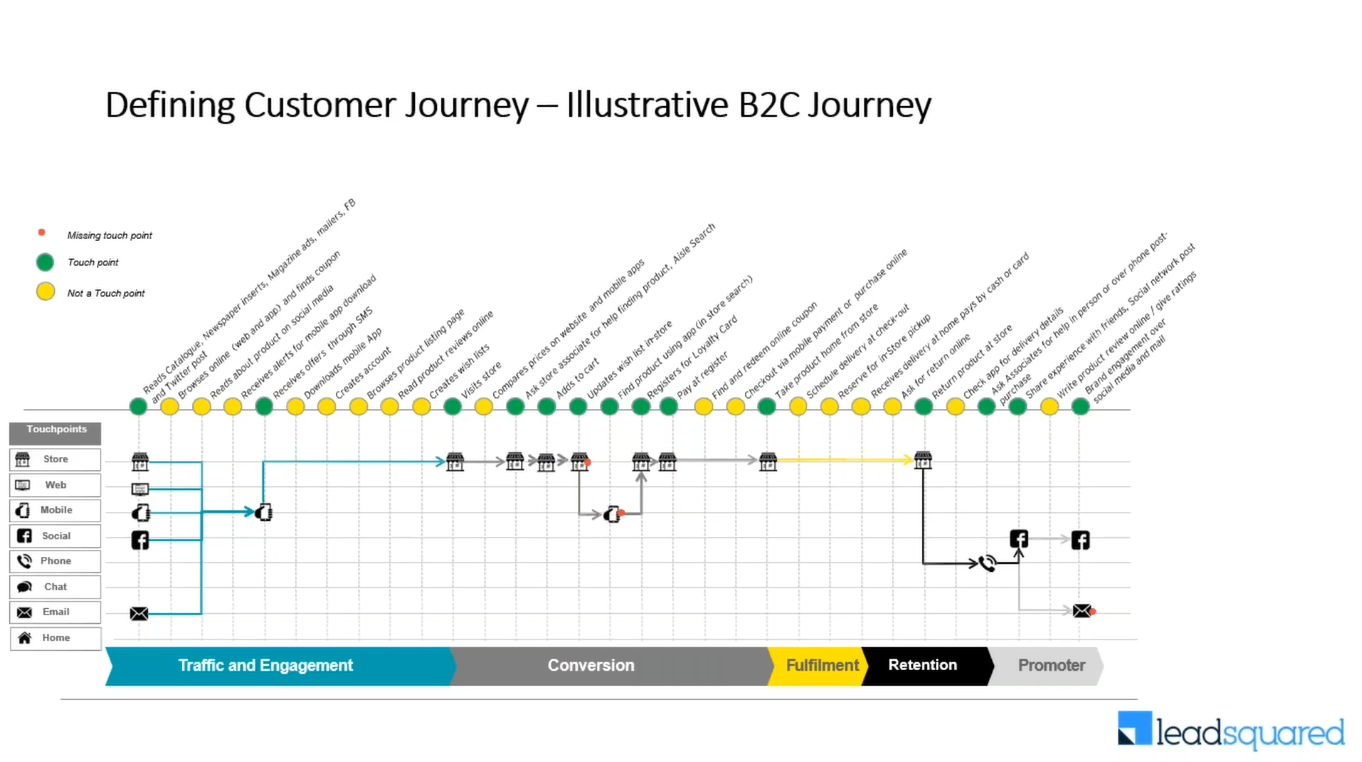
8. Activate and measure
- Purpose: Execute the strategies and measure the results.
- Tools:
- Social Media Analytics Tools (ex: Hootsuite, Sprout Social) – Monitor social media engagement and campaign performance.
- Web Analytics Tools (ex: Google Analytics) – Track website traffic and conversions after implementing strategies.
- LeadSquared: Monitor lead behavior and campaign performance to see how it’s working and make adjustments as needed.
These tools measure customer engagement and sentiment across social media.
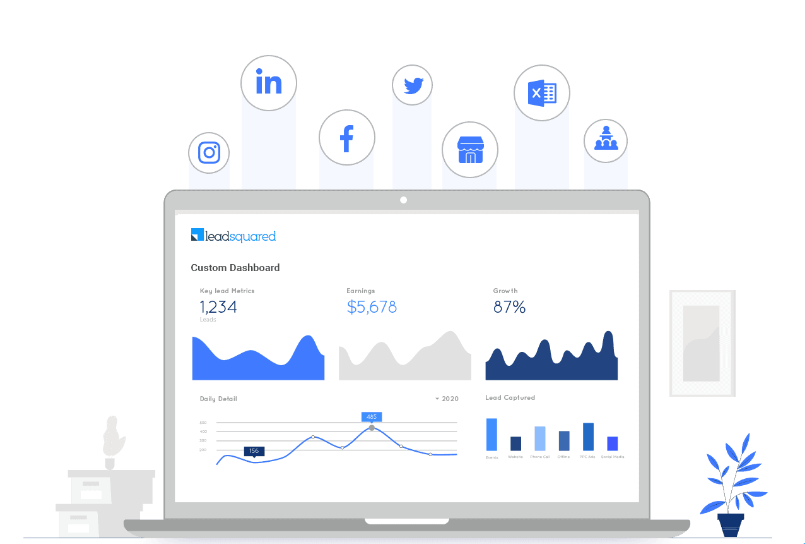
9. Collect feedback and refine
- Purpose: Get ongoing feedback to improve customer experiences and strategies.
- Tools: Survey Tools (ex: SurveyMonkey, Qualtrics, LeadSquared) – Follow up with surveys to measure customer satisfaction and areas for improvement.
10. Use a CRM that has all these tools integrated
- Purpose: Consolidate customer data and insights for easier management and team collaboration.
- Tools: CRM Systems (ex: LeadSquared – One seamless platform that has customer data, analytics and engagement tools so you can track customer interactions, campaign performance and ongoing analysis.
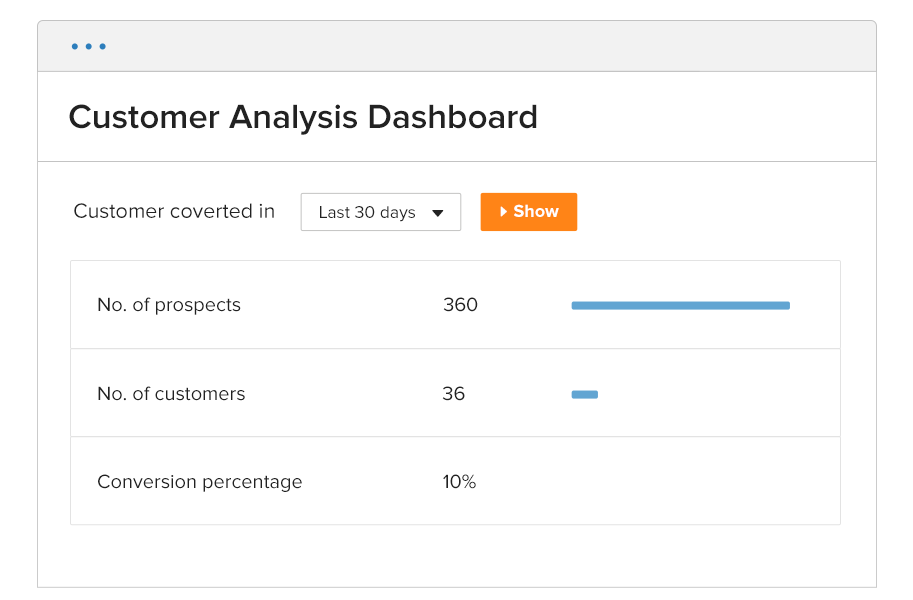
While most tools are readily available in LeadSquared CRM, it also provides custom integrations based on your requirements! Thus, it is a comprehensive CRM that gives you a complete picture of your customers’ journey. Use it to understand customer behavior, preferences, needs and engage with them better!
11. Make it an ongoing endeavor
The world is changing fast. New ideas and developments are emerging every day and changing the norm. As new technologies emerge and customer preferences change, what’s current and cool today may not be relevant tomorrow. This environment highlights the need to see customer analysis as an ongoing process rather than a one-time activity.
It means updating your knowledge about your customers through systematic collection and analysis of data, feedback, and trend monitoring.
Through detailed customer analysis, your business can do these and more to attract and retain more customers and drive more profitability. The right CRM will make the whole process simpler and more seamless.
Look no further than LeadSquared’s CRM software to better understand and serve your customers. It’s a hassle-free way to boost your customer analysis, your sales, and, in turn – your revenue and profits. Get started with thriving in a competitive market – book a free demo now!









